Vineyard Soils & Their Importance
Blog Post
July 8, 2021
Winegrapes can grow in a variety of soils as long as those soils are well-drained. The best grapes grow in soils that are not too rich and without mineral or salt toxicities. The soils at Monte Bello and Lytton Springs reflect these tenants:
“Each is an integral and essential part of the soul of these wines.”
The Soils at Monte Bello: Limestone/Greenstone mélange | Rocky Clay Loam
- 40% Sand, 30% Silt, 30% Clay
- Coarse Fragments = 20-45%
- pH = 6.3-7.2
- Organic Matter = 2.2-3.0%
- Ca = 2100-2950 ppm
- Mg = 320-580 ppm
- Cation Exchange Capacity = 14-22
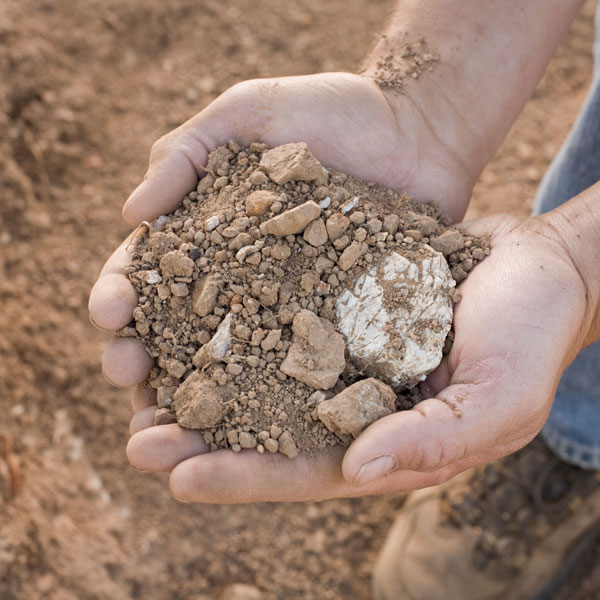
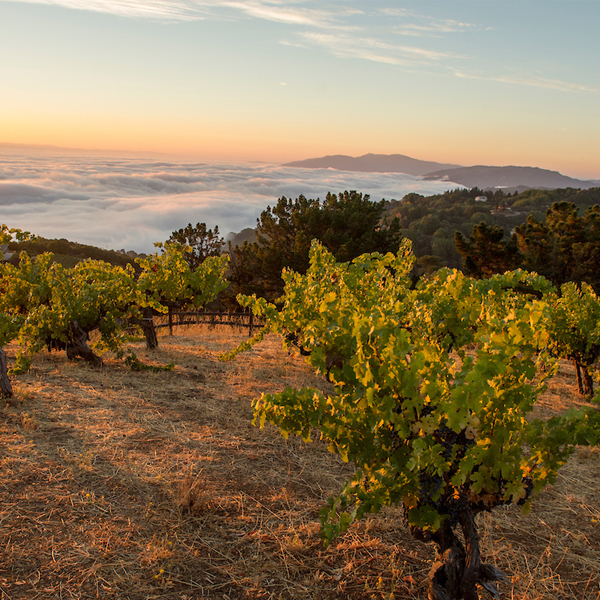
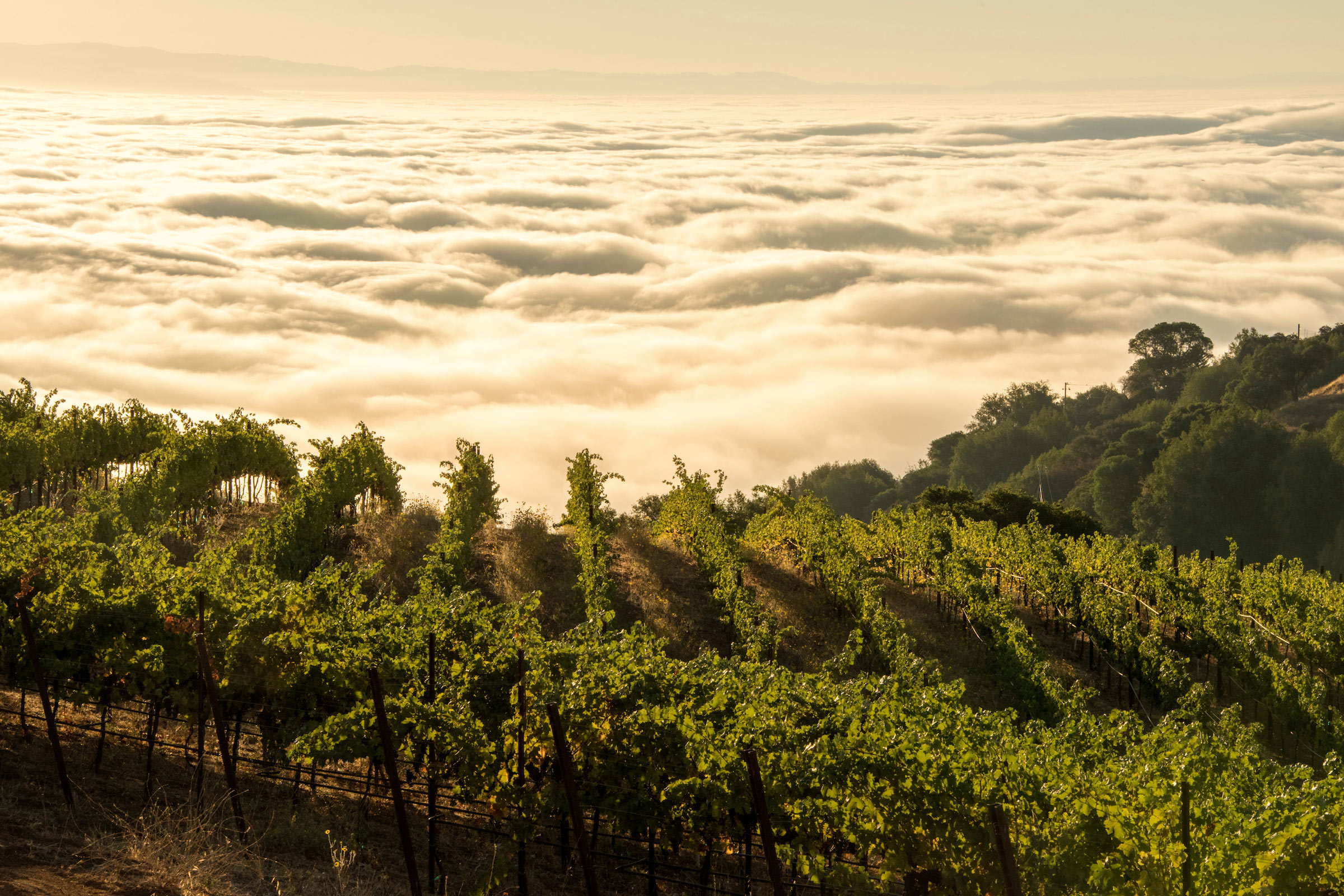
The soils at Monte Bello are unique to California. This limestone and greenstone mélange formed 160-140 million years ago as a seamount on the Farallon tectonic plate and was subsequently (and violently!) adhered to the North American plate 80-65 million years ago. This mix lifted above the Bay to form Monte Bello Ridge through seismic upheaval from the adjacent San Andreas Fault. Over the millennia, weathering by sunlight and rainfall has given us the soils that support the vines that provide us Monte Bello. The limestone helps to sweeten the soil, buffering the effects of acidic rain and helping the grapes retain their acidity. The fractured rocks allow for good drainage, and vine roots penetrate deep into the rock, searching for water. Weathering of these rocks yields just enough clay and loam for plant life.
Cabernet sauvignon, cabernet franc, and merlot excel in the limestone-influenced soils throughout all four ranches at Monte Bello, especially in more exposed sites where the soil is more weathered. These lean soils temper the vigor of cabernet sauvignon, producing intense and structured wines. In swales and areas of accumulation where the soil is deeper, chardonnay and petite verdot do well, especially where there is limestone close to the surface.
The Soils at Lytton Springs: Pleasanton Gravely Loam
- 40% Sand, 40% Silt, 20% Clay
- Coarse Fragments = 14-35%
- pH = 5.8-6.2
- Organic Matter = 2.8-4.6%
- Calcium: 1600-2050 ppm
- Magnesium: 500-520 ppm
- Cation Exchange Capacity = 20
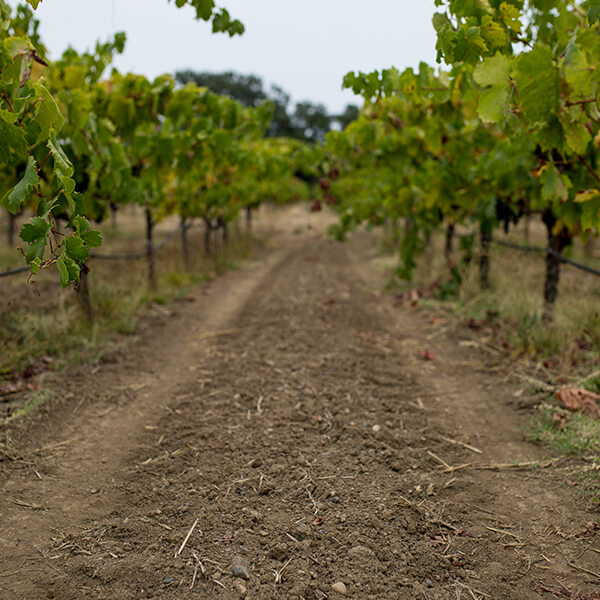
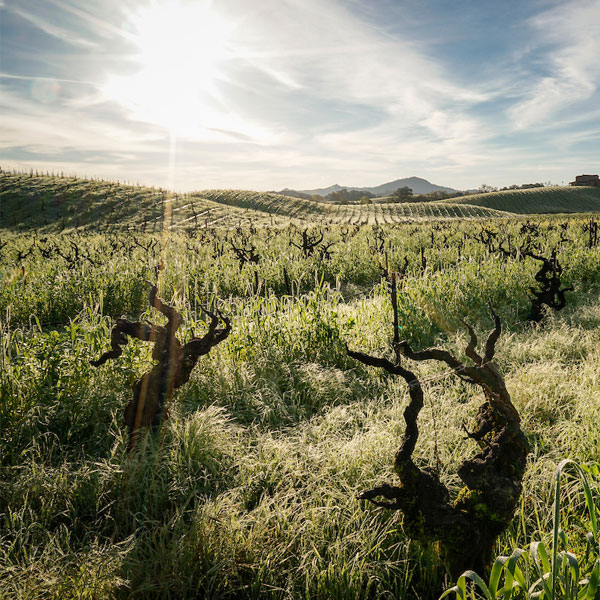
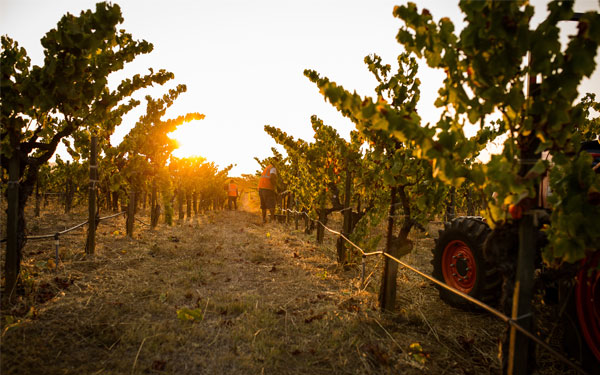
There are five soil types at Lytton Springs, which isn’t unusual in North Coast vineyards. The low hills surrounding our Lytton Springs winery are the oldest, formed as sediment approximately 80 million years ago. These soils are loamy clay, with fractured rock not far from the surface. The soils in the flats next to the Winery are recent alluvium; gravelly clay loam deposited 1 million or so years ago by the meandering Russian River. These soils are very well-drained, with the water table close to the surface in the spring. The vine roots follow this water deeper into the soil as it recedes, keeping the vines healthy and happy most years. At Lytton Estate West, we have three more soils, two with a higher clay percentage. These soils are on the benchland that separates Lytton Springs from Dry Creek proper. They are sedimentary and maybe 40 million years old. The higher clay content and lower pH of these soils lead to more compact, less vigorous vines. The other soil is similar to the gravelly soils by the winery but with a different mineral content (soil classification is complicated!).
Zinfandel, grenache, mataro, and carignane love the deep, well-drained gravelly soils in the flats. In the hills with their higher clay content and thinner soils, petite sirah, its parent syrah, and grenache grow well. In areas where the soil has accumulated in the hills, zinfandel can produce a rich, intense wine.
Our Philosophy
Soils are the life of the vineyard. There is so much that we don’t know about the almost infinite variety of life under our feet. Our goal as custodians of the precious and unique soils we farm is to keep the soil healthy and productive by continually building topsoil to counterbalance the natural effects of erosion. We do this by utilizing cover crops to add nitrogen and organic matter, adding compost made from our fermented pomace and stems, and practicing minimal tillage or no-till to protect the soil from erosion. We monitor our soil health by looking at soil mineral nutrition, organic matter, and soil structure. But, of course, the best measurement of the health of our soils is the wine made from the grapes grown on them. We hope that you enjoy these wines.
— David Gates, Senior Vice President Vineyard Operations
Wait!
In order to qualify for user related discounts, you must log in before proceeding with checkout. Click the button below to log in and receive these benefits, or close the window to continue.
Log In